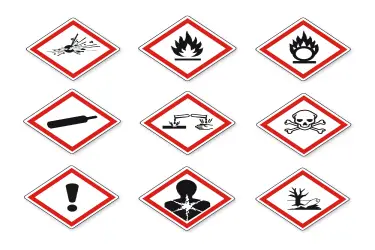Most burn injuries are not a result of fires, but caused by defective products and/or machinery. This includes harsh chemicals, electrocution, and harmful radiation. If the cause is negligence, victims can open product liability cases. To win a product liability case, your attorney needs to find out how a product failed, and why that failure makes the company liable for your injuries. Some of the most common types of product liability cases involving serious burns include:
- Defective fans
- Faulty space heaters
- Improperly installed kitchen stoves
- Faulty design of safety mechanisms in fuel supply systems
- Faulty electrical wiring prone to electrocution and/or fires
- Unsuitable chemicals added to skin care and other beauty products
A product is deemed defective by either an inherent design flaw, a mistake in the manufacturing process, or by lack of warning. Depending on how the burn injury occurred, more than one party may be liable for your injuries. In some instances, a seller or distributor of a product may be responsible for damages if there was a failure to include sufficient instructions for use, or if the product was illegally sold. Some examples include:
- Home furniture that falls on its own without human interference.
- Sleeping medicine without a warning label that can cause dangerous side effects.
- Improper instructions for child car seats that fail to protect upon impact in a motor vehicle accident.
Product Chemical Burns

Chemical burns, or caustic burns, occur when the skin comes into contact with a toxic acid or other irritant. Many of these substances can unknowingly be found in and around the home and workplace. Chemical burns can cause reactions both on the skin and inside the body. If the chemical is digested, burns can also affect internal organs.
Most often, the effects are short-lived, but some of these injuries can cause lifelong health problems. This is especially likely if not treated immediately by a medical professional. Some chemical burns can even result in premature death. Infants, the elderly, and people with disabilities are at greatest risk for chemical burns.
Who is Liable?
Whether a product manufacturer is liable for your burn injuries is often a decision made by the jury. These cases rely on the testimony and knowledge of engineers, product designers, and many others. Product manufacturers generally have a legal duty to ensure their products are safe before selling to customers. However, one of the top defenses used by manufacturers is that making their products safer to any considerable extent would mean a loss in profit. These types of excuses are usually dismissed but it eventually comes down to a matter of public policy. Public policy generally does not require a product manufacturer to protect its customers from all harm that may occur. It only mandates them to protect users from the risk of unreasonable harm. This is where strong legal representation on the plaintiff side is most needed. Proving unreasonable harm is what makes product liability cases some of the most difficult to win.




